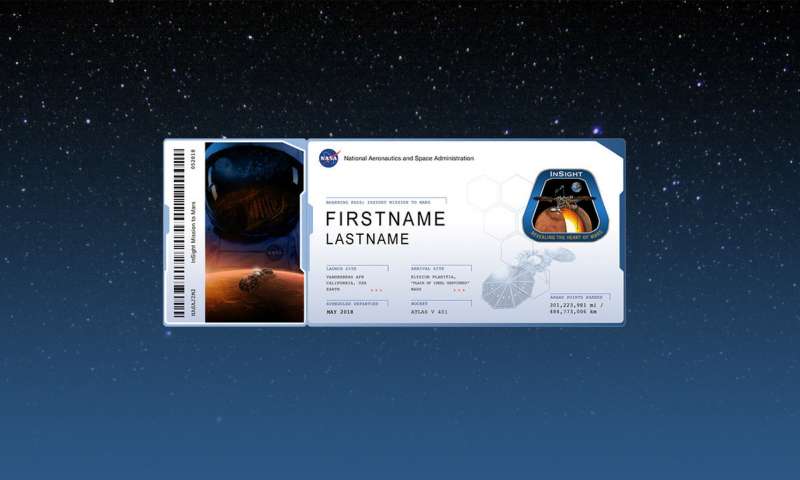In 2015, NASA reached out to the general public to participate in its InSight mission to Mars by inviting people to submit their names to be put on a microchip on board the spacecraft. Now after two years, Nasa is inviting people who missed the opportunity for their names to be written on Mars. Hence a second microchip will carry the names of the enthusiasts.
Almost 827,000 people signed up to add their names to a silicon microchip onboard the robotic spacecraft the previous time.

“Mars continues to excite space enthusiasts of all ages,” said Bruce Banerdt, the InSight mission’s principal investigator at NASA’s Jet Propulsion Laboratory in Pasadena, California. “This opportunity lets them become a part of the spacecraft that will study the inside of the Red Planet.”
Mission To Mars: The Insight Programme
After InSight, the next opportunity to earn frequent flier points will be NASA’s Exploration Mission-1. It will be the first flight bringing together the Space Launch System rocket and Orion spacecraft to travel thousands of miles beyond the Moon in preparation for human missions to Mars and beyond.
Consequently, users who add their name to the list will get a boarding pass. It shows the Atlas V launch vehicle, the launch site as California, USA and the arrival site at Elysium Planitia. Furthermore, the name of the landing location means “Plain of Ideal Happiness.”

Insight: The first step to go deep
InSight will be the first mission to explore Mars’ deep interior. The spacecraft will set down a seismometer to detect marsquakes and meteor strikes. It will rather use the seismic energy of these phenomena to study material far below the Martian surface. It will also deploy a self-hammering heat probe that will burrow deeper into the ground than any previous device on the Red Planet.
In conclusion, the mission will help scientists understand the evolution of all rocky planets, including Mars and Earth.
